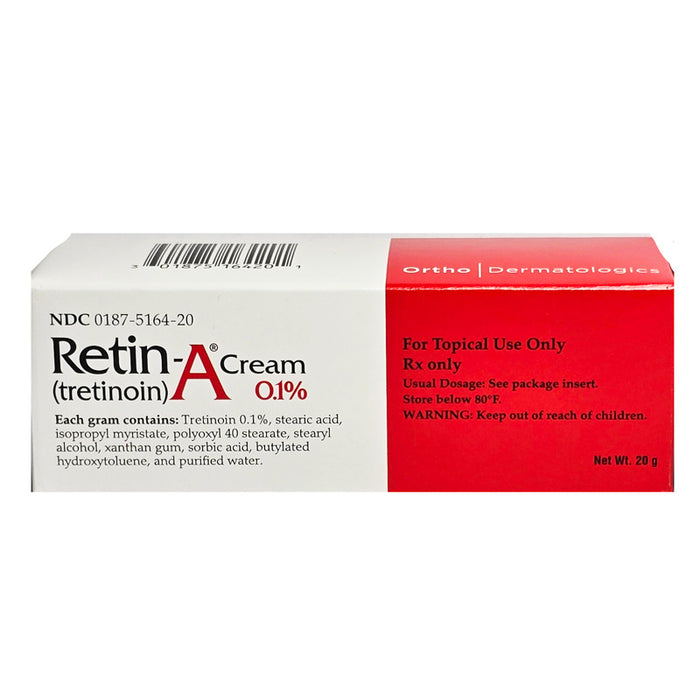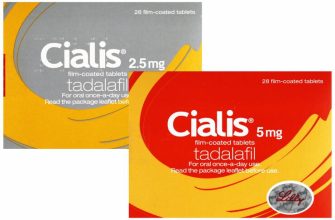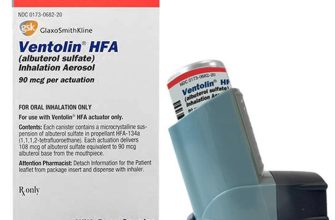Start with a consultation. Discuss your skin concerns and medical history with a dermatologist before beginning any Retin-A treatment. They’ll determine the appropriate strength and application frequency tailored to your individual needs. This personalized approach ensures optimal results and minimizes potential side effects.
Begin slowly. Many dermatologists recommend starting with a low concentration of Retin-A, applying it every other night. This gradual introduction allows your skin to adjust, reducing irritation and dryness often associated with initial use. Gradually increase frequency as tolerated, always prioritizing skin health.
Use sunscreen religiously. Retin-A increases sun sensitivity. Daily application of broad-spectrum sunscreen with an SPF of 30 or higher is mandatory. Protect your skin during peak sun hours (10 am to 4 pm) and reapply every two hours, especially after swimming or sweating. This preventative measure significantly reduces the risk of sun damage and premature aging.
Hydration is key. Retin-A can cause dryness. Counteract this by incorporating a hydrating moisturizer into your skincare routine. Apply it after your Retin-A and ideally, use a richer cream at night. This simple step will help maintain your skin’s barrier function and prevent discomfort.
Be patient. Results take time. Noticeable improvements in skin texture and tone usually appear within several weeks, but significant changes might take several months. Consistency is paramount. Adhering to your dermatologist’s recommendations is the best way to maximize the benefits of Retin-A.
- Understanding Retin-A Microsphere Gel 0.04% in the USA: A Practical Guide
- Managing Potential Side Effects
- Long-Term Use and Expectations
- Retin-A Prescription in the USA: Obtaining and Navigating the Process
- Gathering Information Before Your Appointment
- During Your Consultation
- After Your Appointment
- Alternative Options for Obtaining a Prescription
Understanding Retin-A Microsphere Gel 0.04% in the USA: A Practical Guide
Start with a pea-sized amount, applied nightly to clean, dry skin. Avoid the eye area. Retin-A Microsphere Gel 0.04% offers controlled release of tretinoin, minimizing irritation compared to other formulations. This means you might experience less redness and dryness. However, initial irritation is common; gradually increase application frequency as tolerated. Daily sunscreen use is mandatory; Retin-A increases sun sensitivity.
Managing Potential Side Effects
Expect mild dryness, redness, and peeling, especially during the first few weeks. Use a gentle, fragrance-free moisturizer, applying it after the Retin-A has fully absorbed. Consider using a moisturizer with ceramides to help repair the skin barrier. If irritation becomes severe, reduce application frequency or temporarily discontinue use, consulting your dermatologist. Avoid harsh scrubs and exfoliants while using Retin-A.
Long-Term Use and Expectations
Consistent use is key to seeing results. Expect improvements in fine lines, wrinkles, acne, and uneven skin tone over several weeks or months. Results vary depending on skin type and individual response. Your dermatologist can help adjust your treatment plan as needed and monitor your progress. Remember, patience is crucial for optimal results. Retin-A is a prescription medication; always follow your doctor’s instructions.
Retin-A Prescription in the USA: Obtaining and Navigating the Process
Schedule an appointment with a dermatologist. This is your first step. Dermatologists are best equipped to assess your skin and determine if Retin-A is right for you, considering your skin type and any pre-existing conditions. They’ll also discuss potential side effects and how to mitigate them.
Gathering Information Before Your Appointment
Before your appointment, compile a list of your medical history, including allergies and current medications. Note any past skin issues or treatments. This will assist your dermatologist in making an informed decision about your care. Photographs of any skin concerns can also be very helpful.
During Your Consultation
Be prepared to discuss your skincare goals with your dermatologist. Clearly communicate what you hope to achieve with Retin-A. They will examine your skin and answer all your questions regarding treatment options, usage, and potential side effects. Don’t hesitate to ask about cost and insurance coverage.
After Your Appointment
Your dermatologist will write you a prescription. You can fill this at most pharmacies. Follow the instructions carefully. Start with a low concentration and gradually increase it as your skin tolerates. Remember consistent application is key for best results. Regular follow-up appointments with your dermatologist are also recommended to monitor your progress and make any necessary adjustments.
Alternative Options for Obtaining a Prescription
Teledermatology services offer another avenue for obtaining a Retin-A prescription. Many online platforms allow you to have a virtual consultation with a dermatologist who can assess your skin and prescribe medication if appropriate. However, always verify the platform’s legitimacy and the dermatologist’s credentials before proceeding.










